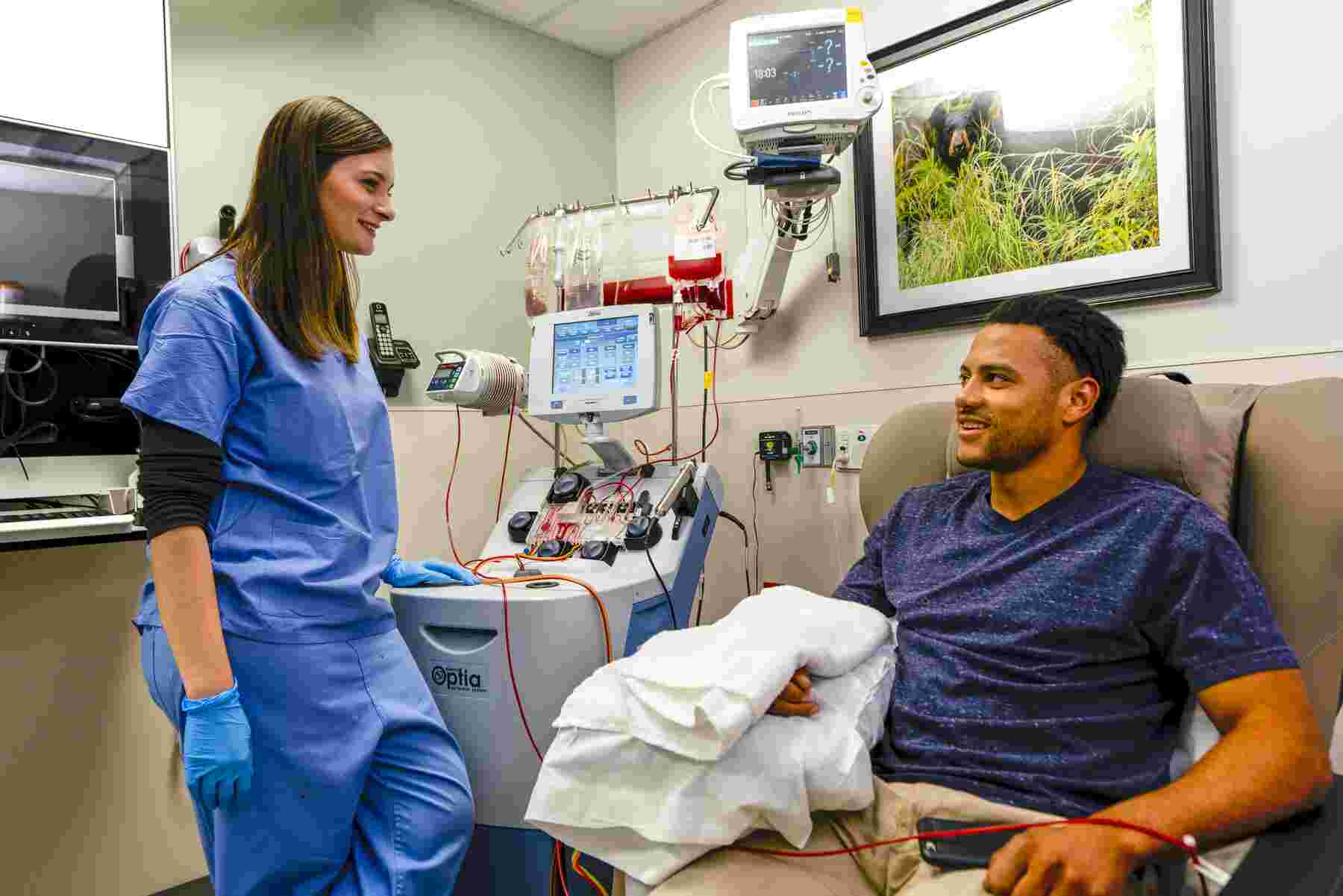Kay Khan, Head of Improvement Programme Delivery at East Midlands Academic Health Science Network, explores two new ‘React To’ resources they’ve developed to support care homes and their staff to improve the safety of residents.
Care homes are rarely out of the headlines these days. They are under enormous pressure to deliver care to some of the most vulnerable people, and increasingly we’re hearing how vital their contribution is to our whole system of front-line care. If they can keep residents safe in their home, while avoiding unnecessary hospital admissions, everyone benefits.
AHSNs have a long history of supporting care homes. This is mainly through our Patient Safety Collaboratives, which deliver the national NHS Safety Improvement Programmes. One of these focuses on managing deterioration – how to spot when a resident’s health is deteriorating or at risk of worsening.
In an acute or primary care setting, this can be tracked by taking physical observations and calculating a NEWS (National Early Warning Score). However in care homes, taking observations such as blood pressure and respiratory rate may not be possible, and more reliance needs to be placed on the ‘soft signs’ of deterioration.
Care home staff know their residents really well, and by using deterioration management tools like RESTORE2mini they can spot and record the warning signs, and crucially, use a structured communication tool like SBARD to relay their concerns to a GP or other healthcare professional.
In the East Midlands, we have worked with health and social care design specialists Crocodile House over the last few years to produce a series of resources for care homes called ‘React To’. These cover a wide range of topics such as falls, frailty and infection. We’re excited to launch our latest two modules, which include ‘React to Managing Deterioration’ – information and training about frailty, advance care planning, and how to recognise and escalate those soft signs.
The reaction to the React To model has been really encouraging. It is well-known and used by social care staff from across the UK, and has been praised for being accessible and easy to view, delivering information through bite-size films that give staff the opportunity to access these training videos in a timeframe that suits them.
We realised that, as much of our role in supporting care homes is about helping them understand and run quality improvement (QI) projects, a module on how QI works would empower care homes to improve any processes and systems they choose.
With funding through the Q community by the Health Foundation and NHS England, we worked with a small group of care homes from across the region to develop ‘React to Quality Improvement’.
Quality improvement is a methodology used to solve problems and make things better through cycles of testing and learning. It doesn’t have to be hard – it’s meant to be quick, iterative, and to use the tools and resources you already have at your disposal. Data can be tracked using something as simple as a safety cross – a visual, calendar-based, data collection poster.
One of the biggest assets that any care setting has is its staff, and when a group of people applies itself to a specific problem, it’s amazing the impact they can have.
We’ve already seen some great results from care homes in the East Midlands, and from the other Safety Improvement Programmes, which all have QI methodology at their heart. If you want to find out more, contact your local AHSN and speak with their Patient Safety Collaborative team.
To read more about the project and download our report on React To QI, visit the East Midlands AHSN website.
To access all of the React To resources, visit www.reactto.co.uk.

“Health equity is the attainment of the highest level of health for ALL people. Achieving health equity requires valuing everyone equally with focused and ongoing societal efforts to address avoidable inequalities, historical and contemporary injustices, and social determinants of health — and to eliminate disparities in health and health care.” (health.gov) Within the NHS there [...]

Sickle cell disease (SCD) is a serious and lifelong health condition. People with SCD produce unusually shaped red blood cells that can cause problems because they do not live as long as healthy blood cells and can block blood vessels. This can result in suffers experiencing painful episodes, called sickle cell crises, as well as anaemia, [...]

At the Royal Society of Medicine’s Tackling Inequalities conference it was clear from the passion in the room that great progress has been made across the system to better support some of our most under-served communities. To maintain this momentum, we must not just embed tackling health and healthcare inequalities in all that we do, [...]







